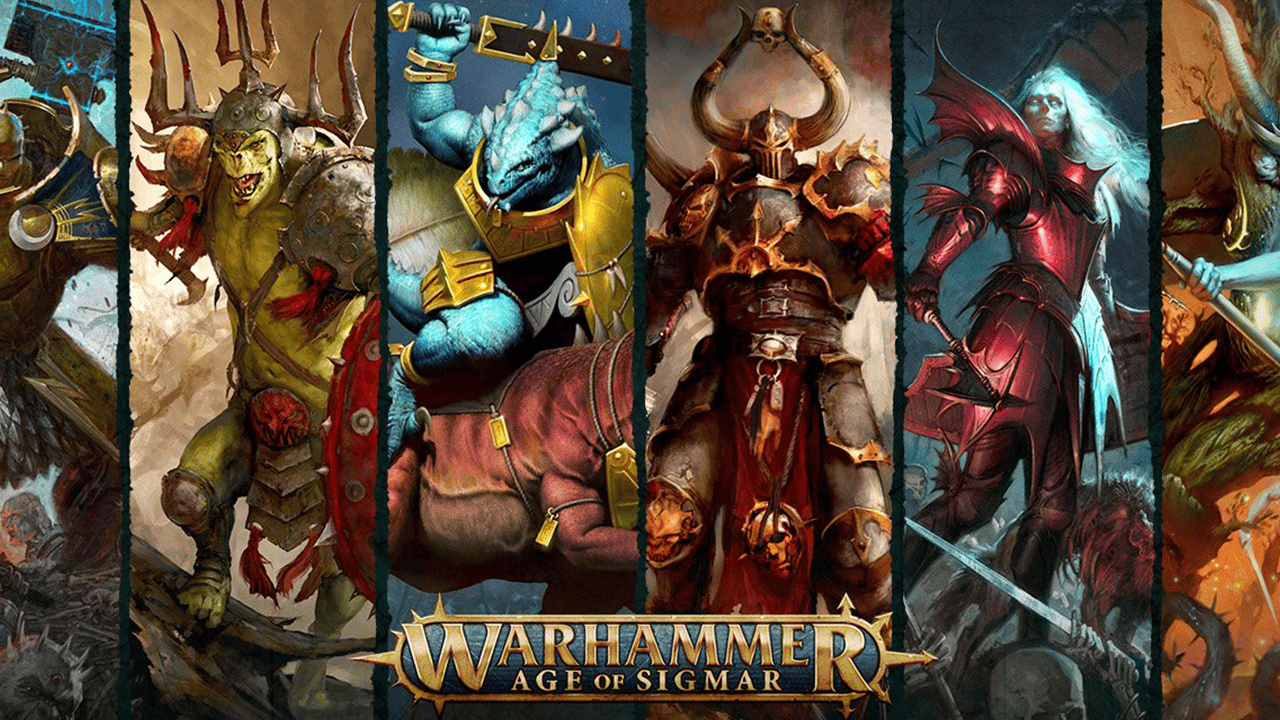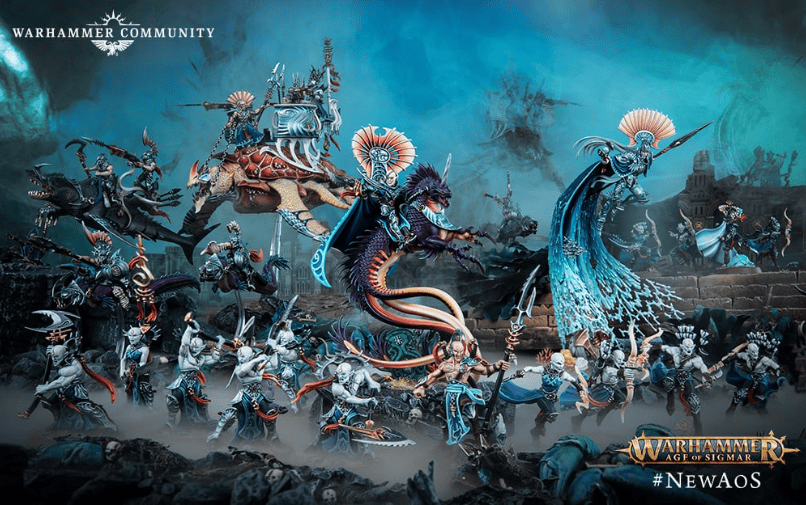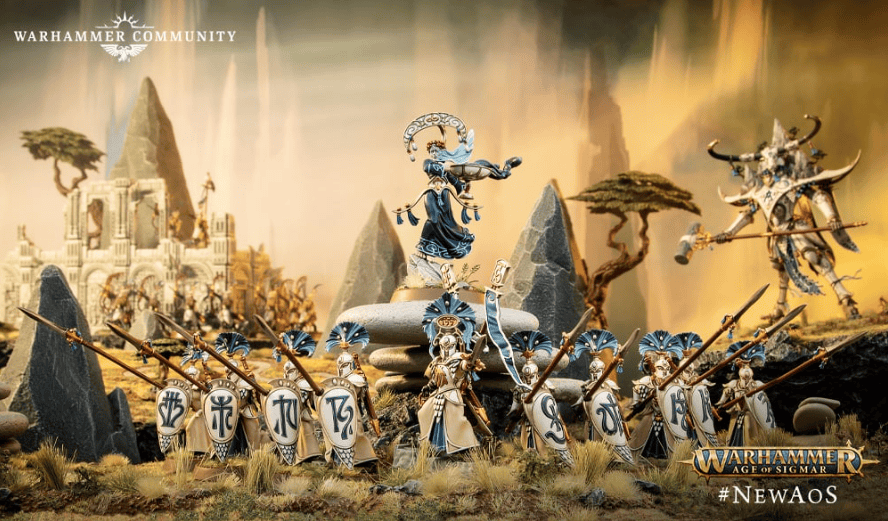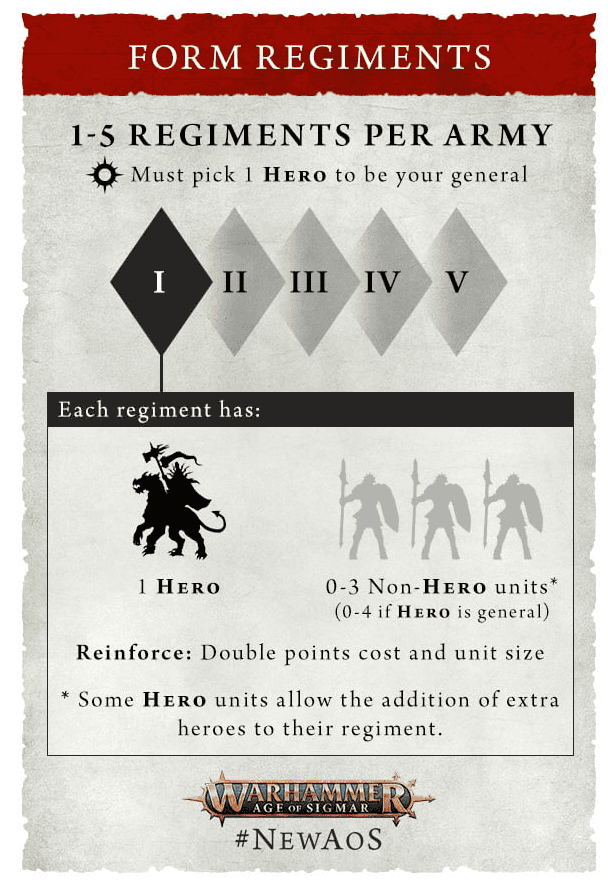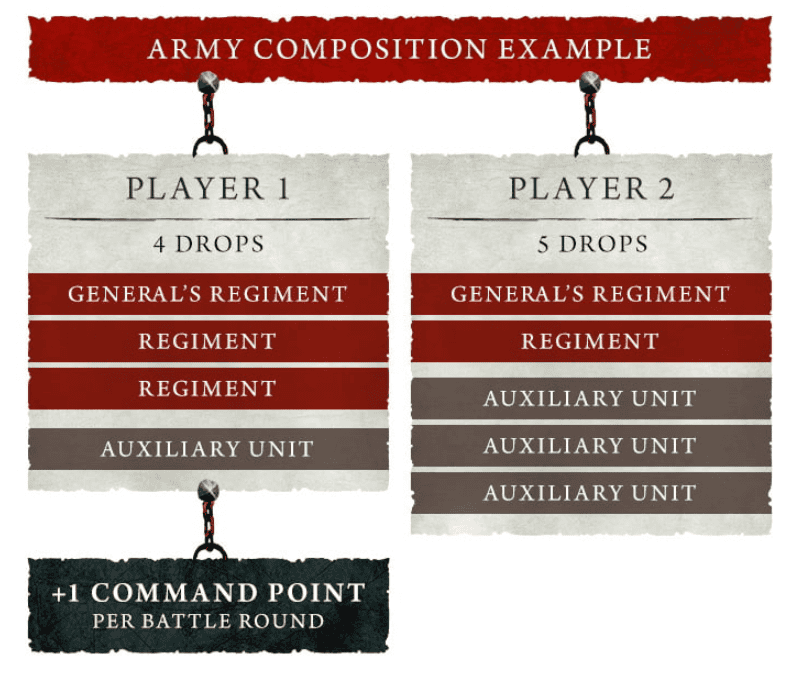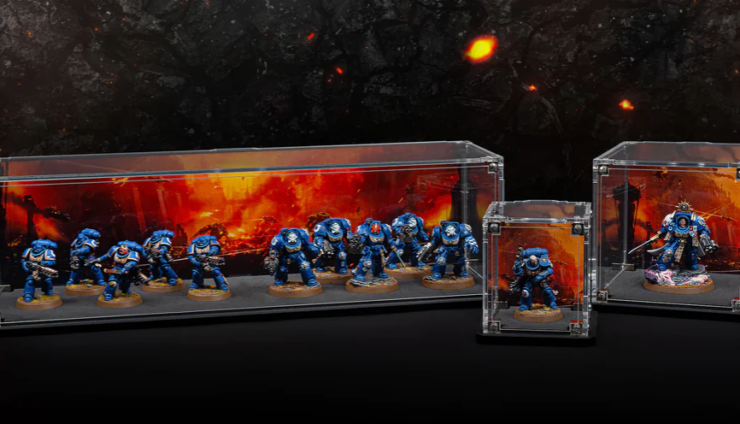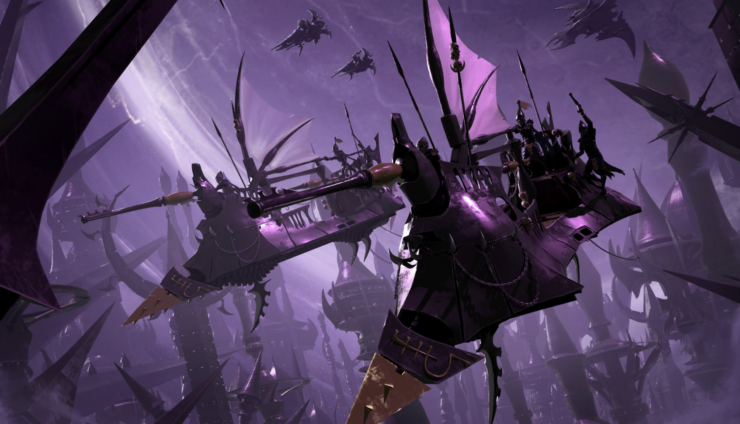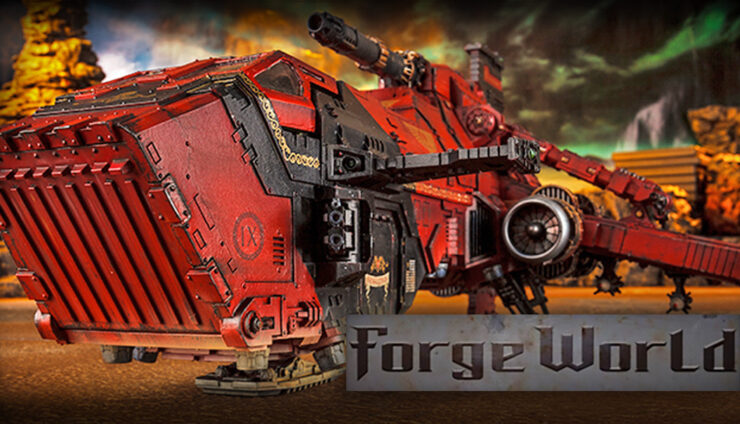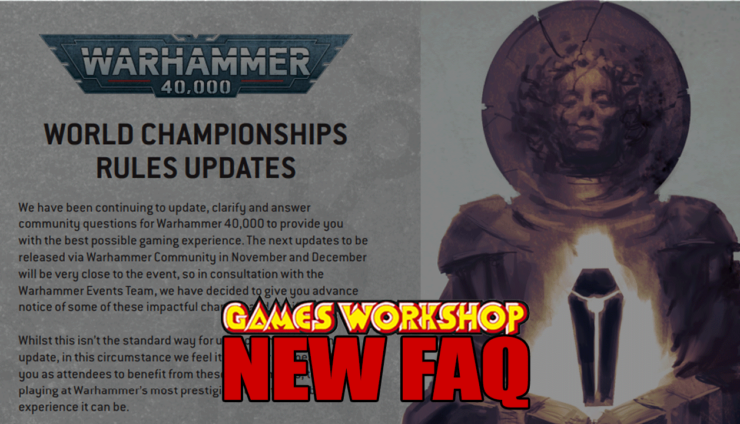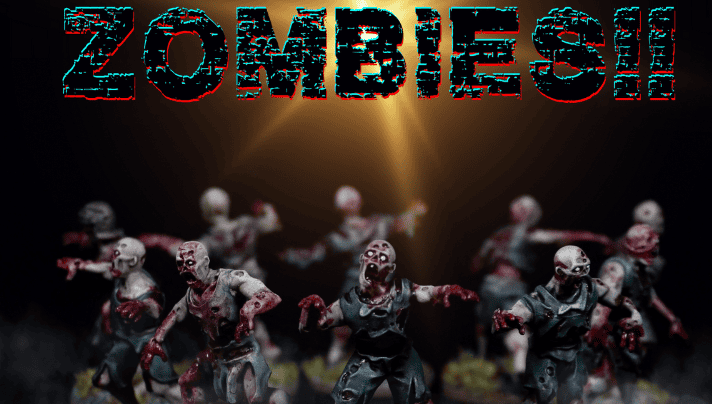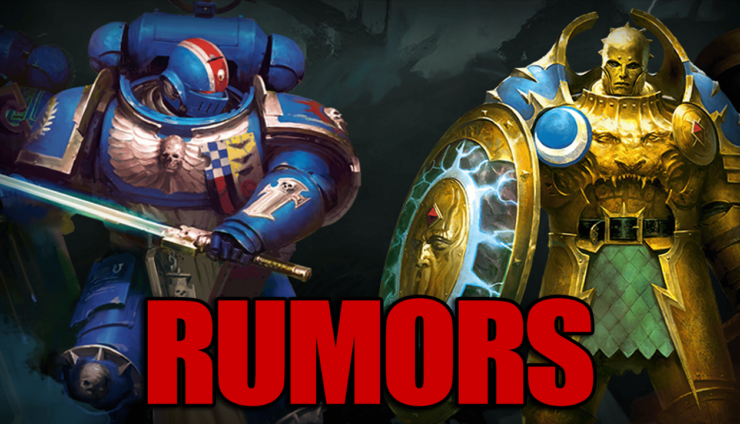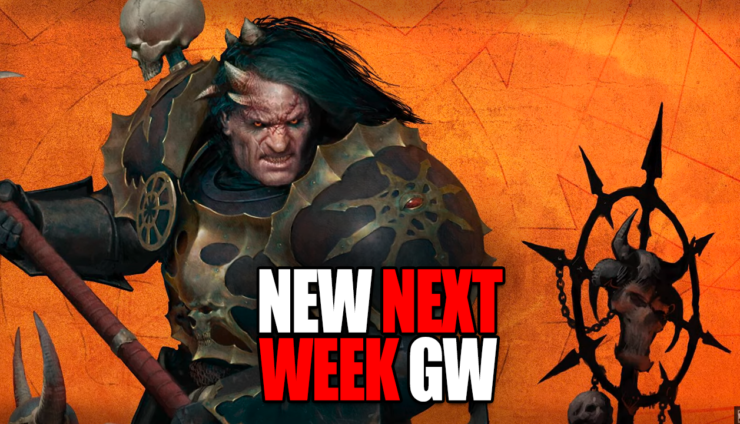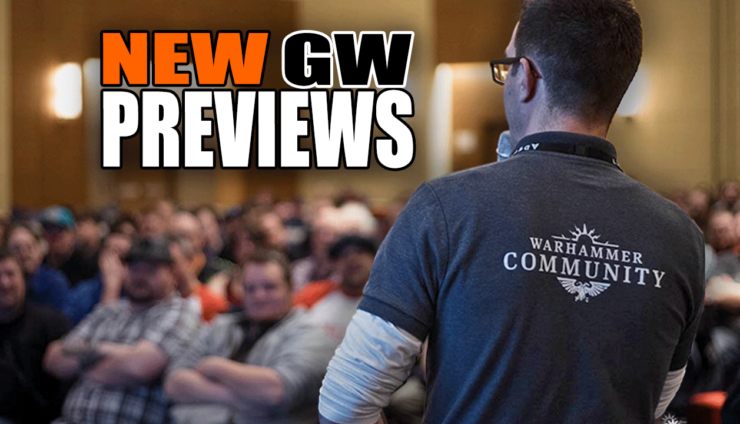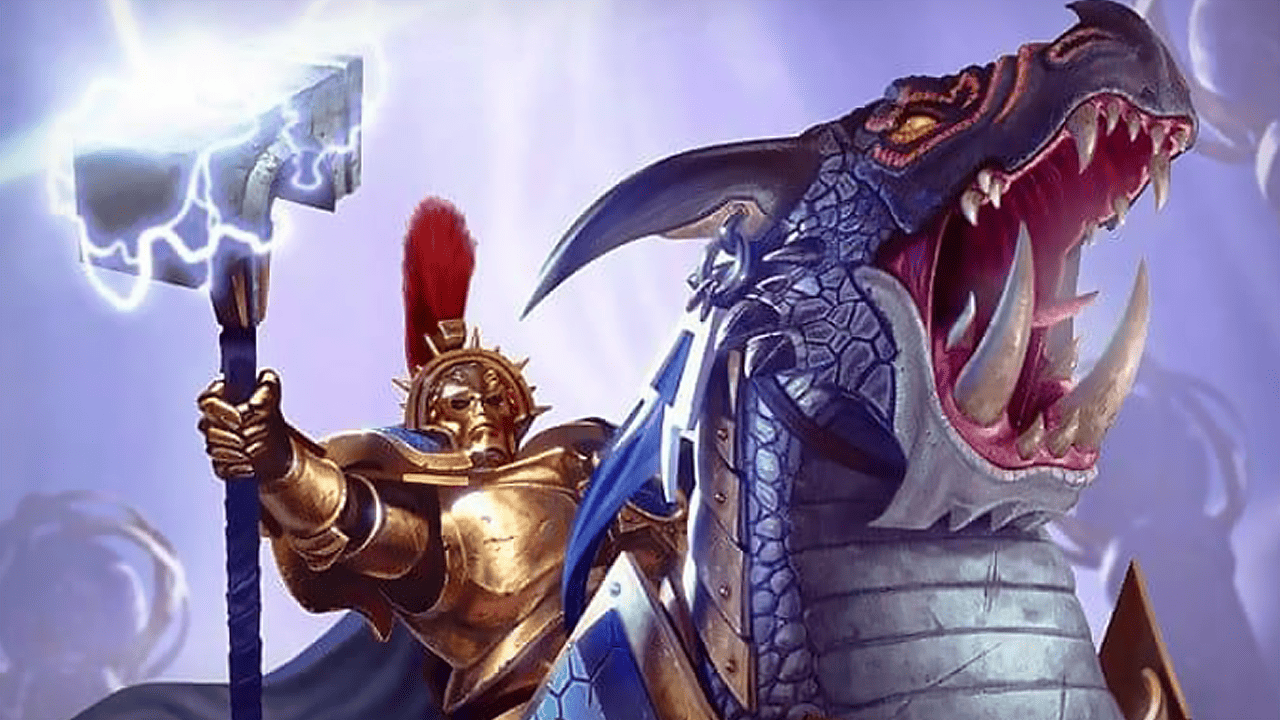 GW revealed one of the most important parts of 4th Edition AoS: how to build your army lists and get your minis on the table!
GW revealed one of the most important parts of 4th Edition AoS: how to build your army lists and get your minis on the table!
GW has promised that 4th Edition will bring a ton of changes to the core rules, battletomes, and modular rules. However, you’re still going to make army lists! The new edition will spice things up with regiments and no longer follow the current hero battleline restrictions.
- Army lists are still required in the new edition but regiments replace the hero battleline restrictions.
- An army comprises one or more regiments, led by a single hero and up to three other units.
- Each hero lists which units they can include in their regiment.
- The restrictions of the 3rd edition are gone, and there are no limits on how many auxiliaries you can take.
- Auxiliary units are deployed one at a time, and the player with the fewest auxiliaries gets one extra command point at the start of each battle round.
From Battalions to Regiments: Building Army Lists In 4th Edition AoS Now
Here is the latest on how to build AoS army lists from Warhammer Community.
In the current edition, armies require at least one Leader unit and a minimum of three Battleline units (or two for 1,000-point games), along with other restrictions on Behemoths, reinforcements, and so on. You can slot your units into various battalions that confer bonuses – such as the ever-popular Battle Regiment, which allows you to deploy up to nine units all at once. As the player who finishes setting up first is rewarded with the option to take the first turn, you have to balance low “drops” with list-building flexibility, creating tension between picking exactly what you want and seizing the first-turn tactical advantage.
The new edition maintains these incentives of risk and reward, but takes a new route to emphasise flavour and flexibility. An army now comprises one or more regiments. Every army must have at least one regiment – and can only take a maximum of five.
This should let you take a lot of different units, provide more flexibility, and maybe offer some extra bonuses. However, this might be a bit of a learning curve for players, as it seems quite different.
New Regiments
Each regiment is led by a single HERO, and can include up to three other units – or four, if it’s your general’s regiment. These regiments represent the retinues, warbands, and chosen warriors who will accompany a leader into battle, so every HERO lists which units they can include in their regiment, as part of their battle profile.
This will no longer force you to take Battleline units but will be more centered around which heroes you take in the army. Each regiment will be dictated by which heroes you have.
In the case of the Lumineth Realm-lords, for instance, a Vanari Bannerblade can include any VANARI units in their regiment, while an Alarith Stonemage can be accompanied by their signature ALARITH units – along with Vanari Auralan Wardens, who form the common core of many Lumineth forces. Unique faction leaders like Archmage Teclis can often be accompanied by any units from their faction. In rare cases, some powerful heroes can even include other HERO units in their regiment, for example the Mighty Lord of Khorne, who can be accompanied into battle by GORECHOSEN heroes.
This tends to result in armies that are much more thematic, with each HERO accompanied by the kinds of troops you’d expect to see at their sides.
This allows you to take units that pair perfectly with different heroes. The only real restriction is what units can accompany that hero. Your general can take up to four units, so we imagine this will let you take, for example, four units of trolls with Trugg. Then, you can even take heroes as parts of your regiments with special characters.
Every unit within a regiment deploys together as a single drop. You can reinforce most non-Unique units with more than one model, and while there is no longer any limit on the number of units you can reinforce, you may no longer double-reinforce units.
Otherwise, the restrictions of the current edition are gone.
While you can’t double-reinforce units, you can reinforce any non-unique unit. Last but not least, you have to deploy regiments as a single drop (so if your army only has one regiment, it’s full deployment).
Auxiliary Units
“Battlefield roles, such as Battleline, Behemoths, or Artillery are a thing of the past,” explains Product Developer Ben. “Once you’ve got a HERO as your general, you have a ton of flexibility in how you build your roster. If you want to build a list that’s just a single hero and a swarm of Doomwheels zooming around and causing havoc, we won’t stop you! But it will have an impact on the game because anything that isn’t in a regiment has to be an auxiliary unit.”
With battlefield roles gone, there is still a place for units that don’t fit in your heroes’ regiments.
Auxiliary units offer a way to pick additional units from your faction, outside the confines of a regiment. There are no limits on how many auxiliaries you can take, but there’s still a cost – each Auxiliary unit is deployed one at a time (as a single ‘drop’) and the player with the fewest auxiliaries on their roster gets one extra command point at the start of each battle round. These are a crucial resource in the new edition, and scarcer than before.
Getting a free command point every round is a serious advantage! So, while you can sort of take whatever you want, you will be giving your opponent a big advantage. However, single-unit deployment can give you more flexibility and let you deploy better than your opponent.
How to Build 4th Edition AoS Army Lists: Example Armies
“Command points are a scarce resource in this edition. There isn’t a single warscroll or faction ability in the game that gives you additional points”, explains Matt, highlighting the value of sticking to your regiments. “We’ve tried to keep army composition as open as possible to reflect the diverse array of forces found in the Mortal Realms, implementing soft incentives to push for armies that are thematic and maintain a healthy mix of units and heroes.”
On top of your regiments, you’ll also be picking your subfaction. These are now called battle formations, which have been refocused around the fighting style of an army rather than their specific background. This invites players to mix and match a battle formation with their favourite colour scheme and any unique heroes they like.
Other important aspects of army building are also sticking around, including Artefacts of Power and Heroic Traits – which used to be known as Command Traits** – as well as Spell Lores, Prayer Lores, and the shiny new Manifestation Lores… which we’ll have details on later.
Command Points will be a big change to the game, so it will be a new resource you need to manage. Luckily, there will still be Artefacts of Power, spells, prayers, and Heroic Traits.
Building army lists in the upcoming 4th Edition of Age of Sigmar will be different from the current edition. The new edition will introduce regiments led by heroes, which will provide more flexibility and thematic armies (and basically let you take how much of whatever you want).
Auxiliary units will allow players to pick additional units from their faction, but they come with a cost of fewer command points, but more deployment flexibility.
These changes promise to spice things up and offer new tactical options for players in the new edition of Age of Sigmar.
GW Confirms New AoS Edition, Free Rules & Release Date
What do you think about the rules changes to 4th Edition Age of Sigmar and how to build army lists?
Let us know in the comments of our Facebook Hobby Group or our new Discord server. Make sure to enter the latest monthly giveaway for FREE today!
Click Here To Follow Us On Google News
Get ad-free access to our hobby videos and a monthly drop of miniatures. Plus, support some of the best creators out there for as little as $6 a month on Patreon!
